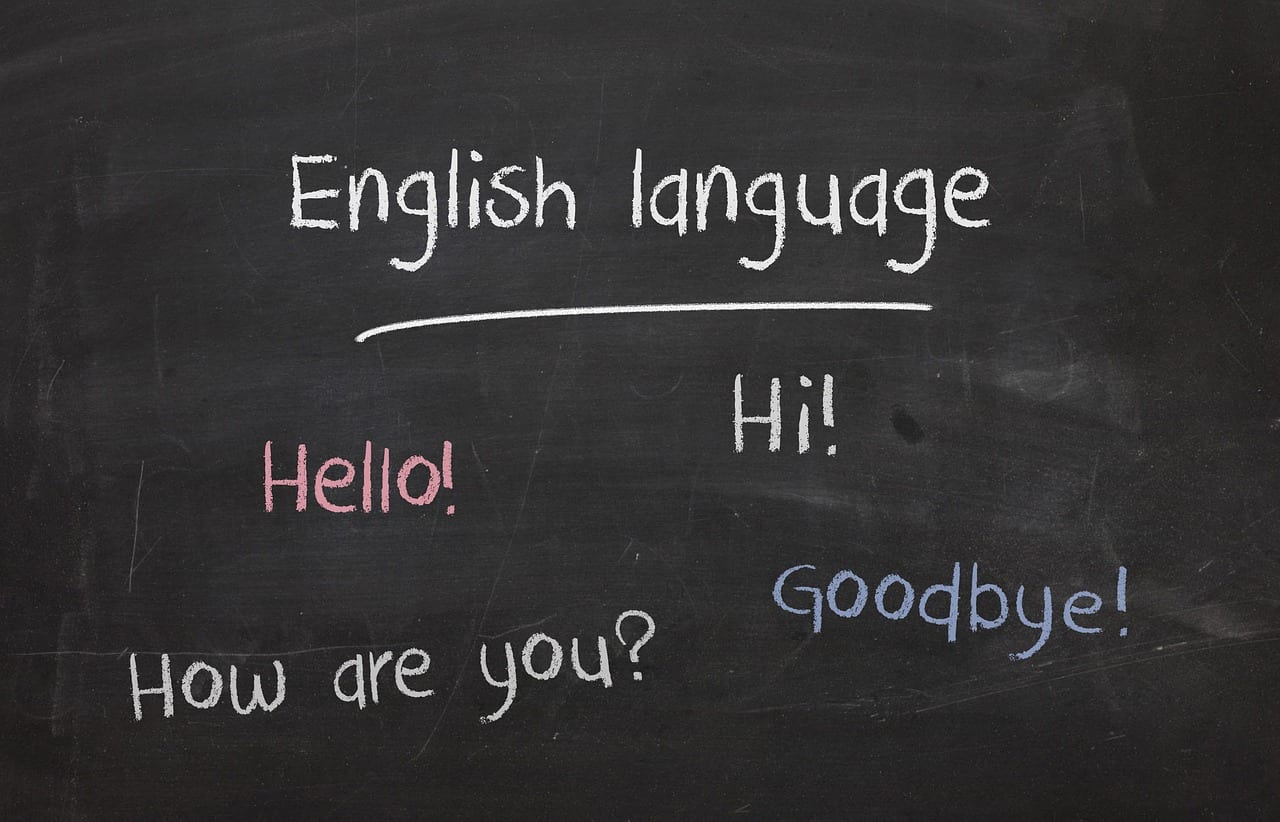
BiljaST / Pixabay
Six years ago I began this regular feature where I share a few posts and resources from around the Web related to ESL/EFL or to language in general that have caught my attention.
You might also be interested in THE BEST RESOURCES, ARTICLES & BLOG POSTS FOR TEACHERS OF ELLS IN 2020.
Also, check out A Collection Of My Best Resources On Teaching English Language Learners.
In addition, look for our new book on teaching ELLs, which was published in the Spring of 2018 and learn about our next book. PLUS, we’ve just submitted the manuscript for the second edition of The ESL/ELL Teacher’s Survival Guide! That book will be out in early 2022.
Here are this week’s choices:
Language Learning with Lyricstraining is from The FLT Mag.
Some regular EAL activities is from ELT Planning.
THOMAS & COLLIER RESEARCH is a good source of…research on ELLs.
English Learner Learning Opportunities and the COVID-19 Pandemic is from OELA.
How to Teach English Learners Based on the Science of Reading is an interview with Dr. Jana Echevarria.
Strategies to Reduce Plagiarism and Increase Engagement is from TESOL. I’m adding it to The Best Online Resources To Teach About Plagiarism.
10 Best Places to Teach English Abroad in 2022 is from Bridge. I’m adding it to A BEGINNING LIST OF RESOURCES FOR SUPPORTING EDUCATORS TEACHING ENGLISH INTERNATIONALLY (OR WANTING TO).
.@KHullSyp & I just finished reviewing copy-edits of 2nd edition of The ESL/ELL Teacher’s Survival Guide,including chapters by @stfleenor @CindyGarciaTX @MsSalvac @ValentinaESL @TanKHuynh @NettiePerez33 @JennyVo15 @jessbell79 & other work by @OnlineCrsLady https://t.co/0y3ypXYsid
— Larry Ferlazzo (@Larryferlazzo) November 23, 2021
#DYK? Home language support is the foundation for developing English language skills. Find tips classroom staff and home visitors can use when they do not speak the languages of the children in their care: https://t.co/3lMreQ0Dsc #FamilyCaregiversMonth pic.twitter.com/aSvnATKgYe
— Office of Head Start (@HeadStartgov) November 22, 2021
In this ten-part podcast series from the @BritishCouncil, we address key questions being asked by English teachers around the world. Practical show notes and transcripts are available to download at the bottom of the page.
Check out the first episode here: https://t.co/UvjKSJanCR— TeachingEnglish (@TeachingEnglish) November 24, 2021
Did you know that Navajo, Yupik, North American Indian, Cherokee, & Zuni are among the languages most commonly spoken by #AIAN English learners? Check out #OELA‘s fact sheet to learn more about #AmericanIndian/#AlaskaNative #ELs > https://t.co/HzybqjBN8K pic.twitter.com/tCtJHaa9Fp
— ASKNCELA1 (@ASKNCELA1) November 17, 2021
What districts can do to support unaccompanied minors!
A lot! https://t.co/4fsNYLvEMl
— Tan K Huynh (he/his) 🇱🇦🇺🇸🇹🇭🏳️🌈 (@TanKHuynh) November 17, 2021
I asked on Twitter how ELL teachers use the Jenga game in class. Here are some responses I received:
Color the edges of each set a different color so you don’t mix them. Write numbers on the faces of the blocks. Each # corresponds to a question in their sheet, that they must answer before placing the block at the top. pic.twitter.com/aAFOBOpW3p
— Becky Morales (@kidworldcitizen) November 9, 2021
Here is an example of a question set for beginners: (make a copy) I also do a focused grammar set, for example “Have you ever..?” questions for present perfect. https://t.co/LR37YwHaWs
— Becky Morales (@kidworldcitizen) November 9, 2021
I think many do it. If you number them instead of wrote on them, you can change the questions by simply print g a new list not redoing the blocks.
— Pamela Broussard (@LeadingELLs) November 9, 2021
* They usually work in pairs or small teams.
* The ones who are not pulling blocks out have a chance to provide the right answer for extra points.— Silvina Jover (@LatinaComm) November 9, 2021
Jess Bell https://t.co/yzEo8IoubM
— Corinne Danby (@CltuneyDanby) November 8, 2021
I number the blocks and use the numbers to connect to a task(comprehension questions, etc). Winning group is the one who pulls the penultimate block! (Not the one who makes it fall over).
— Jill Dahl (@EnglishDahling) November 8, 2021
I do this, but I’ve never posted about it.
1. I number the genga blocks.
2. Each number is connected to a question: spelling, recite, write, act, etc.
4. If they answer correctly, the team gets a point.
3.I split class into 2 groups.Notes Can be used before going up to answer.— Elvira Ledezma 👩🏻🏫 (@10Ledezma1) November 8, 2021
Speaking of games, we tried Hedbanz at the suggestion of my student teacher, and it was a big hit!
11,000 Afghans evacuated as the war ended are temporarily living on a NJ military base – more than on any of the 6 other bases being used for the historic resettlement effort. 🧵 https://t.co/F6YH8kNU5C
— Tracey Tully (@traceytully) December 4, 2021



Recent Comments